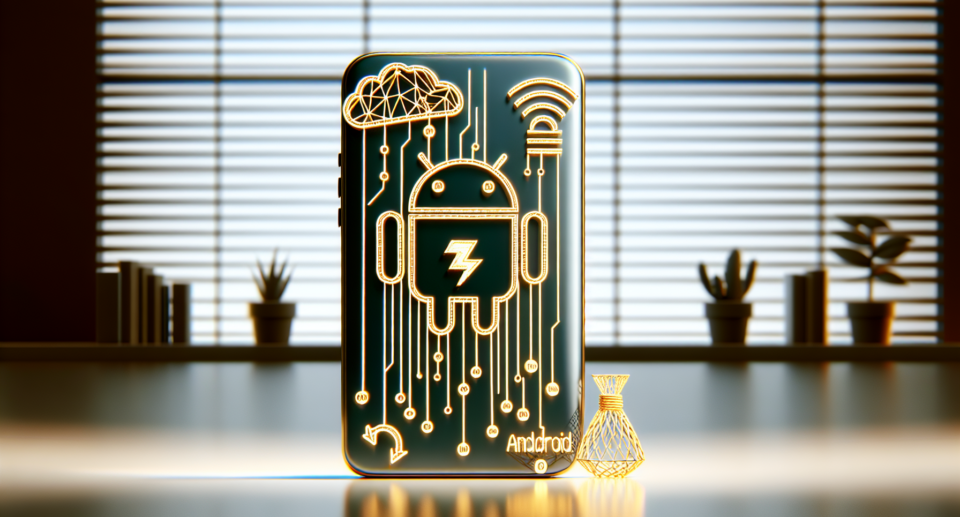Implementing Offline Fallback in Android WebView Applications Using WebViewGold

In today’s fast-paced digital world, providing users with an uninterrupted experience is crucial. One way to achieve this in mobile apps is by implementing offline fallback functionality. For developers using Android WebView applications, this means ensuring that the app can still offer useful content and features even when there is no internet connection. This blog post will guide you through the process of implementing offline fallback in Android WebView applications using WebViewGold.
Why Offline Fallback Matters
Offline fallback is essential for maintaining user engagement and satisfaction. Users often find themselves in situations where they have limited or no internet connectivity, and being able to continue using an application during these times can significantly improve their overall experience. Offline fallback ensures that your users can access critical information and features, leading to increased user retention and loyalty.
What is WebViewGold?
WebViewGold is a powerful and easy-to-use tool that allows you to convert any website into an Android or iOS app quickly. With WebViewGold, you don’t need extensive coding knowledge or experience to create a robust web-powered application. Its comprehensive features include seamless integration of web content, automatic updates, push notifications, and most importantly, offline fallback capabilities.
Steps to Implement Offline Fallback Using WebViewGold
1. Prepare Your Web Content
First, ensure your website is optimized for offline use. This involves creating a service worker that will cache the necessary files and assets for offline access. You’ll need a manifest file and some additional JavaScript code to handle the caching process.
2. Set Up WebViewGold
Purchase and download WebViewGold from the official website. Follow the provided instructions to set up the development environment. You will need to configure the basic settings, such as specifying your website URL and enabling various options like pull-to-refresh and loading indicators.
3. Enable Offline Fallback Mode
In the WebViewGold configuration, enable the offline fallback feature. This setting ensures that whenever the app detects that there is no internet connection, it will load the cached version of your website or a predefined offline page. WebViewGold makes this step simple with its straightforward configuration options.
4. Add Offline Fallback Page
Create an offline fallback page for your app. This page should inform the users that they are offline and provide them with some useful content or functionality that doesn’t require an internet connection. Save this page within your app’s resources so it can be displayed when the network is unavailable.
5. Testing
Thoroughly test your app in both online and offline modes. Ensure that the offline fallback page loads correctly and provides a seamless user experience. Verify that all cached resources work as intended and that your service worker functions correctly.
Advantages of Using WebViewGold
Using WebViewGold for your Android WebView application comes with numerous benefits:
– Ease of Use: Even if you are not a seasoned developer, WebViewGold‘s intuitive interface and comprehensive documentation make the conversion process simple.
– Time-Saving: You can save a significant amount of development time by using WebViewGold, allowing you to focus on other important aspects of your project.
– Automatic Updates: WebViewGold ensures that your app can automatically update web content without requiring users to download a new version from the app store.
– Offline Support: The built-in offline fallback feature guarantees that your users will have a consistent experience, regardless of their connectivity status.
Conclusion
